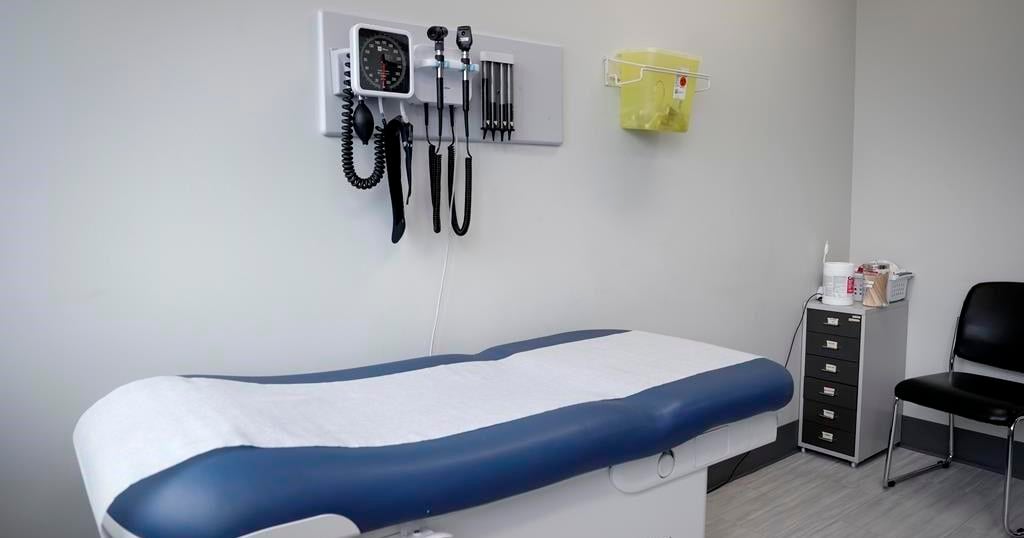EDMONTON – Alberta’s ombudsman says thousands of low-income residents seeking benefits to cover off health-care costs face unfair barriers.
Kevin Brezinski, in a report issued Wednesday, said these programs are hindered by serious systemic problems, starting with an antiquated 30-year-old computer system.
He reported that applications are sometimes lost or misplaced, and applicants are left in the dark about the status of their files with no clear, fair system to address complaints.
“There are a number of glitches that take place that impact thousands of Albertans,” Brezinski said in an interview.
He said in August 2022, more than 7,000 files were accidentally closed for several days because of computer problems.
Brezinski said affected clients lost benefits and had to pay out of pocket for things like medication until the issues were rectified. In some cases, he said, they weren’t reimbursed.
He said programs are split between two ministries, leading to confusion about who is responsible for what, including which department should pay for computer system updates.
“A boat with two captains will sink,” said one complainant quoted in the report.
That man applied three times over eight months in 2020 but didn’t hear back, even though the department later said it had sent correspondence via mail.
His family of four had more than $5,500 in prescription costs every year.
After borrowing money to help pay for an eye exam for his son, who has a visual impairment, and to buy diabetic supplies, he was finally approved for benefits in July 2021 but not notified. After the ombudsman’s office stepped in, the man received a letter of approval.
“I could see a lot of applicants being frustrated and just giving up,” Brezinski said.
The ombudsman, an independent officer of the legislature, stressed that the programs are the most generous of their type in Canada.
About 101,000 children and adults receive benefits under the programs tied to family income, including help for essential dental care, eyeglasses, prescription drugs and diabetic supplies.
Eligibility is determined by income.
At the high end, a couple with four children with a maximum yearly income of $46,932 per year or less would qualify, while an individual making $16,580 or less would qualify.
During the investigation by Brezinski’s office, it received 11 specific complaints from Albertans, but more were logged by the government. He said the report probably reflects “a fraction of the people who are frustrated by this process.”
One of the ministries responsible, Alberta Health, said it plans to act on some of the recommendations in the report by updating policy, training manuals and websites.
Seniors, Community and Social Services, which is primarily responsible for front-line delivery of the programs, said it will consider the report but didn’t commit to implementing specifics.
Brezinski noted there have been some improvements already.
“People can apply online now, whereas before they just could apply through fax or mail, which appears to be a bit of a disaster,” he said. Marie Renaud, Alberta Opposition New Democrat critic for community and social services, said in a statement the report re-affirms that the system is not working.
She called on Premier Danielle Smith’s United Conservative government to immediately implement the 28 recommendations and scrap plans to opt out of the federal Liberal government’s dental coverage program.
“At the same time the UCP is botching provincial programs, Danielle Smith is planning to deny Albertans access to a much-needed national dental plan,” Renaud said.
This report by The Canadian Press was first published July 17, 2024.
